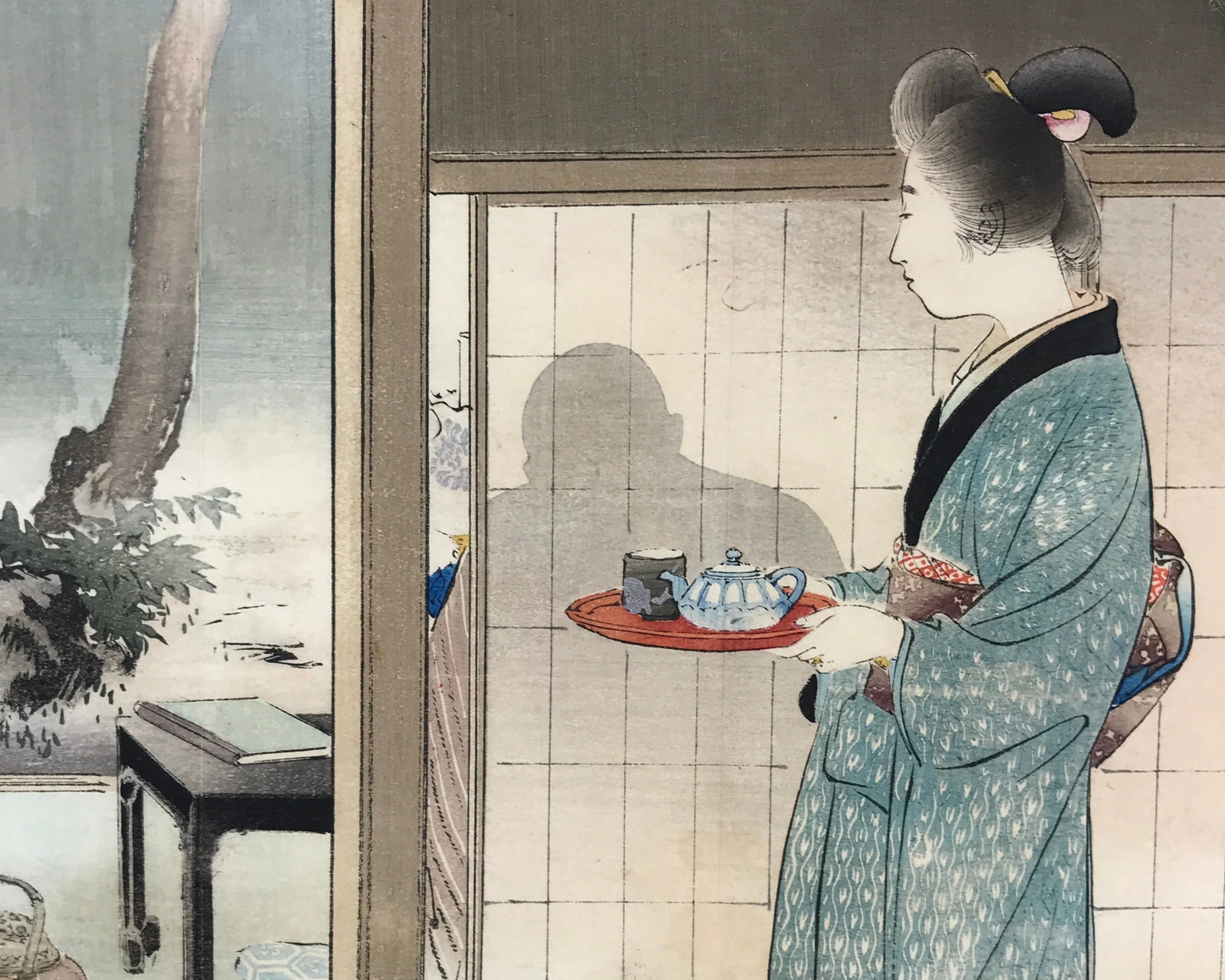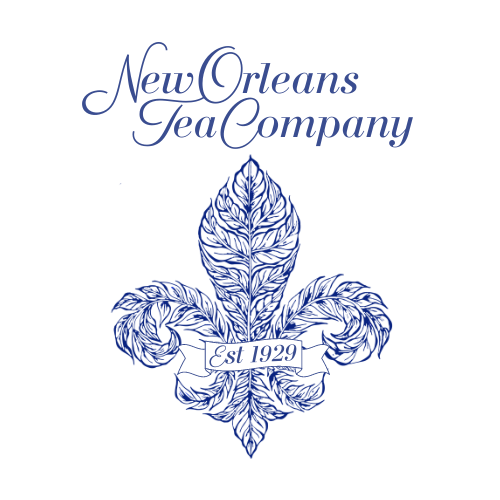
Every tea tells a story—and some of those stories are downright wild. From ancient emperors to coiled-up snakes, cast iron kettles to clever rice blends, tea’s history is brewed with more flavor than you might expect. So, pour yourself a cuppa and sip your way through these surprising cultural tidbits and tasty tales from around the world.
Oolong’s Mysterious (and Slightly Scary) Origin Story
Ever sipped a cup of oolong and wondered where the name came from?
Legend has it that a tea farmer discovered a tea bush with an especially fragrant aroma and used its leaves to brew a new kind of tea. He shared the tea with his neighbors, who were so impressed they agreed it needed a name.
Then came the twist: one morning, a tea picker arrived early and saw a black snake coiled around the very same tea bush. Startled but intrigued, the community took it as a sign.
They named the tea Wu-Long—with “Wu” meaning “black” and “Long” meaning “dragon” or “snake” in Chinese. Apparently, even reptiles have good taste in tea!
Try This: Fais-Do-Do Formosa Oolong – This beautifully roasted oolong evolves with every steep. No snakes included.
The Secret Language of the Hibiscus Flower
In Hawaiian culture, hibiscus isn’t just a pretty bloom. Worn behind the left ear, it signals that a woman is taken. Worn on the right, it means she’s single and ready to mingle.
Beautiful and informative? We stan a multitasking flower.
Try This: Second Street Hibiscus – Tart, vibrant, and rich in Vitamin C, it’s divine cold-brewed and makes a fabulous summer cocktail base. Bonus points for bubbles!
The Rise of the Tetsubin: Cast Iron Chic
Long before electric kettles and fancy temperature-controlled pour-overs took over our countertops, Japanese households relied on the humble tetsubin—a sturdy cast iron teapot that was both practical and quietly beautiful. Designed to be hung over an open fire or warmed on a hibachi, the tetsubin was less about art, and more about function, community, and simplicity.
From the 17th century through World War II, these teapots were a staple in Japanese homes. Made from pig iron and often passed down through generations, tetsubins were quiet companions in daily rituals, warming water for tea, meals, or hospitality shared with neighbors.
Fast forward to today, and these once-everyday items are considered design icons. With their satisfying weight, heat-retaining magic, and rustic elegance, tetsubins have earned a cult following among tea lovers and collectors alike.
Try This: Second Line Sencha – A smooth, gently steamed Japanese green tea that captures the timeless simplicity and tradition once poured from every tetsubin.
A Tea with a Bang: The Legend of Gunpowder Green
Not all tea legends involve emperors and miracles—some start with a snappy British remark.
When Chinese Zhu Cha (or “Pearl Tea”) made its way to the West, a young English clerk took one look at the tightly rolled leaves and blurted out, “Looks like gunpowder!”
And just like that, a name was born. The pellets even “explode” open when steeped, adding a bit of drama to every brew.
Try This: Museum Pinhead Gunpowder – Bold and smoky with tightly rolled leaves that burst to life in hot water, it’s a cup that lives up to its explosive name.
Genmaicha: From Humble Beginnings
Back in 17th-century Japan, tea was a luxury most people couldn’t afford. So, what did the resourceful folks do?
They added roasted brown rice to their tea to stretch the leaves. The result was Genmaicha—once dubbed “Poor Man’s Tea,” now beloved for its nutty flavor and toasty comfort.
Try This: Grand Isle Genmaicha – A cozy blend of Japanese green tea and roasted brown rice, this toasty, nutty brew delivers comforting flavor with every sip—proof that great taste doesn’t need a fancy price tag.
Chamomile: The OG Wellness Herb
Before sleepytime tea was a thing, the Anglo-Saxons were already singing chamomile’s praises. It was considered one of nine sacred herbs and even shows up in The Lacnunga, an Old English herbal guide packed with healing remedies.
Anxiety, insomnia, tummy troubles? Chamomile was the cure-all centuries before TikTok wellness trends.
Try This: Crescent City Chamomile – Sourced from Egypt and calming for body and mind, this one’s a timeless classic for a reason.
Which story steeped its way into your heart?
Tell us your favorite tea legend—and if you’re feeling inspired, pop over and browse our full tea collection. Your next favorite story might just be in your cup.
